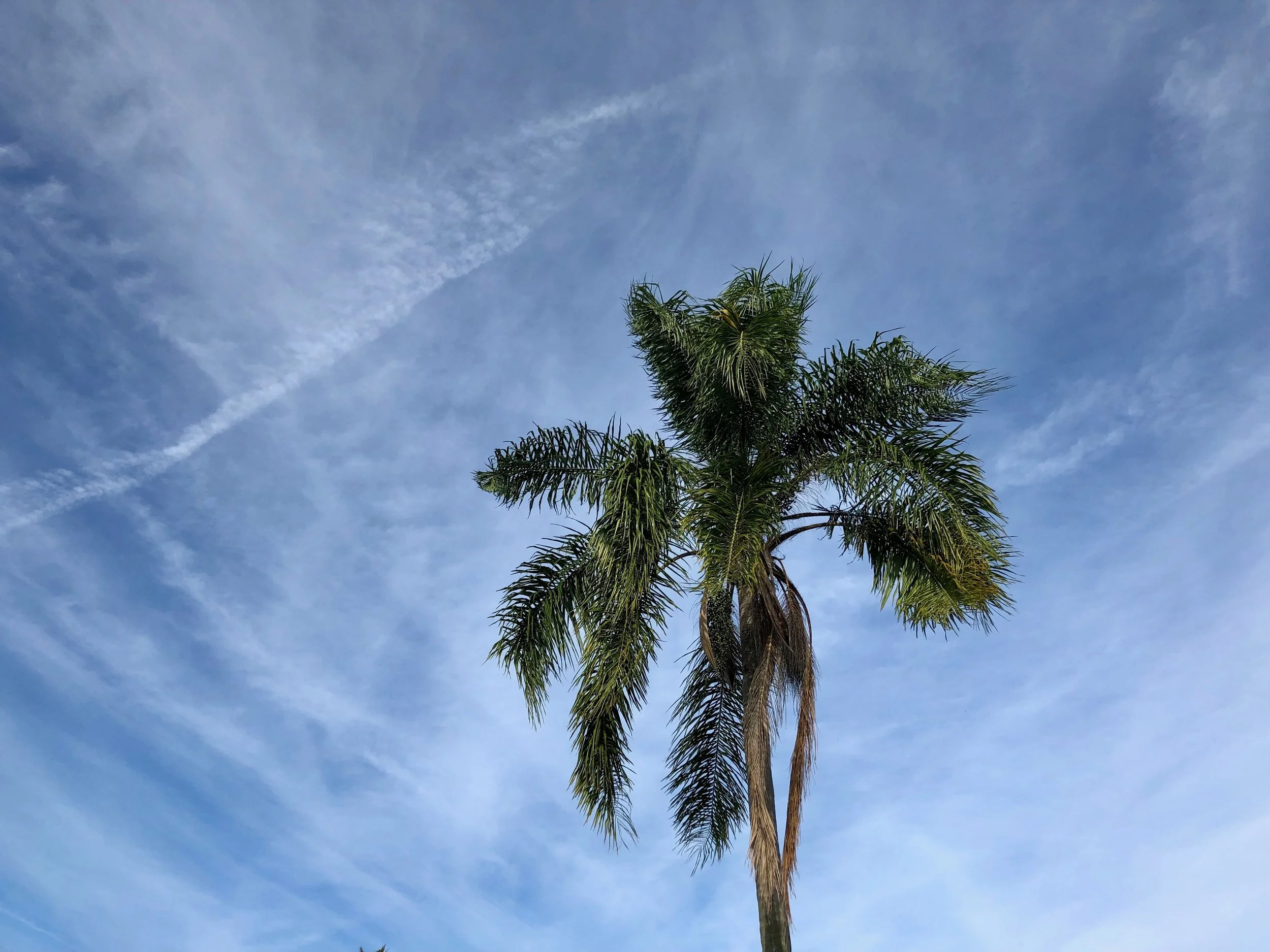The Sacred "Non Thrill" of Cross-Country Ski Racing
“Cross-country skiing expresses something deep about the human condition: the absolute, nonnegotiable necessity of the grind. The purity and sanctity of the goddamn slog.” Sam Anderson
Classic skiing can feel more like a grind than a glide, especially for recreational dabblers like me.
Nothing I’ve read captures the essence of the cross-country skiing grind more aptly than this New York Times piece by Sam Anderson I read during the PyeonChang 2018 Winter Olympic Games. It still comes to mind every time I lock my toes into my Salomon bindings.
The piece dryly and hilariously examines why anyone in their right mind would ever cross-country ski. (Especially considering the many sexier, sparklier, and sportier winter-sport options). Compared with figure skating, alpine skiing, and luge, Anderson characterizes cross-country skiing as “a brutally sustained non thrill” a “a form of self-torture,” and, “an absolute last resort.” (Read his whole piece for more colorful descriptions of each characterization).
Despite Anderson’s jabs, he respects the allure of a cross-country skier’s quiet struggle.
If you’ve ever participated in an endurance sport, you are familiar with the symptoms of that struggle: The achy lead-like legs. The searing cramp in your midsection. The shallow, heart-pounding breath. And the dispiriting mind games you play with yourself.
But you’re likely also familiar with the redeeming high that comes with pushing past those afflictions: The glorious threshold between pain and ease. The hot rush of blood to your face and brain. The bubbling hunger stoked in your belly. The illusion of seemingly effortless propulsion.
Beyond the dip, endurance sports are a pure, endorphin-fueled joyride.
In pursuit of that addictive joyride feeling, I recently raced in The White Pine Stampede, a local 10k cross-country ski race (there are 20k and 45k options for those who are more ambitious).
Calling my performance “racing” might be a touch desirous. But I was not in it for the competitive jolt. I was in it for the personal challenge, the solid hour of quiet movement in the woods, and the happy gathering of strangers who shared my enthusiasm for sustained discomfort in the name of health and wellness.
The whole race felt like a semi-slow-motion effort. We trudged more than glided, clumsily sorting ourselves into narrow ski tracks. A flood of much-faster skate skiers fluttered past my tribe of fellow classic skiers in a demoralizing stream. At one point along the way, my friends who joined to spectate hollered kindly from the sidelines, watching me gracelessly struggle uphill. Here and there, a racer tipped over into awkward heap of fiberglass and stretchy, windproof fabric, struggling to get up, like a baby giraffe learning to stand.
It was not a sexy event. But it was wonderful.
Spectating the sport (at least at an amateur level) is more awkward (and at times, comical) than it is thrilling. But the sport does not exist to dazzle onlookers. It was born out of utility as a travel mode in Scandinavia. 5,000 years later, it is still celebrated by those of us who enjoy the trek more than the finish line.
Cross-country skiing is all about the substance of the expedition. An equilibrium between exertion and surrender. There is a plane that— once pierced — brings you to a sustained level of meditative relaxation and peace not found in other winter sports.
“This is one of the sport’s great consolations: access to a landscape so stark it merges with the spiritual state of absolute exhaustion, a simultaneous emptiness and fullness that is essentially religious — topographical Buddhism.” Sam Anderson
Pursuing that balance between clumsiness and grace and struggle and strength is what keeps me coming back to my skis. When I ski, I chase that moment when I drift off into the purity of the winter landscape and think about nothing but forging ahead, building momentum, and contemplating the gorgeous contrast of the dark pines against the snow.





